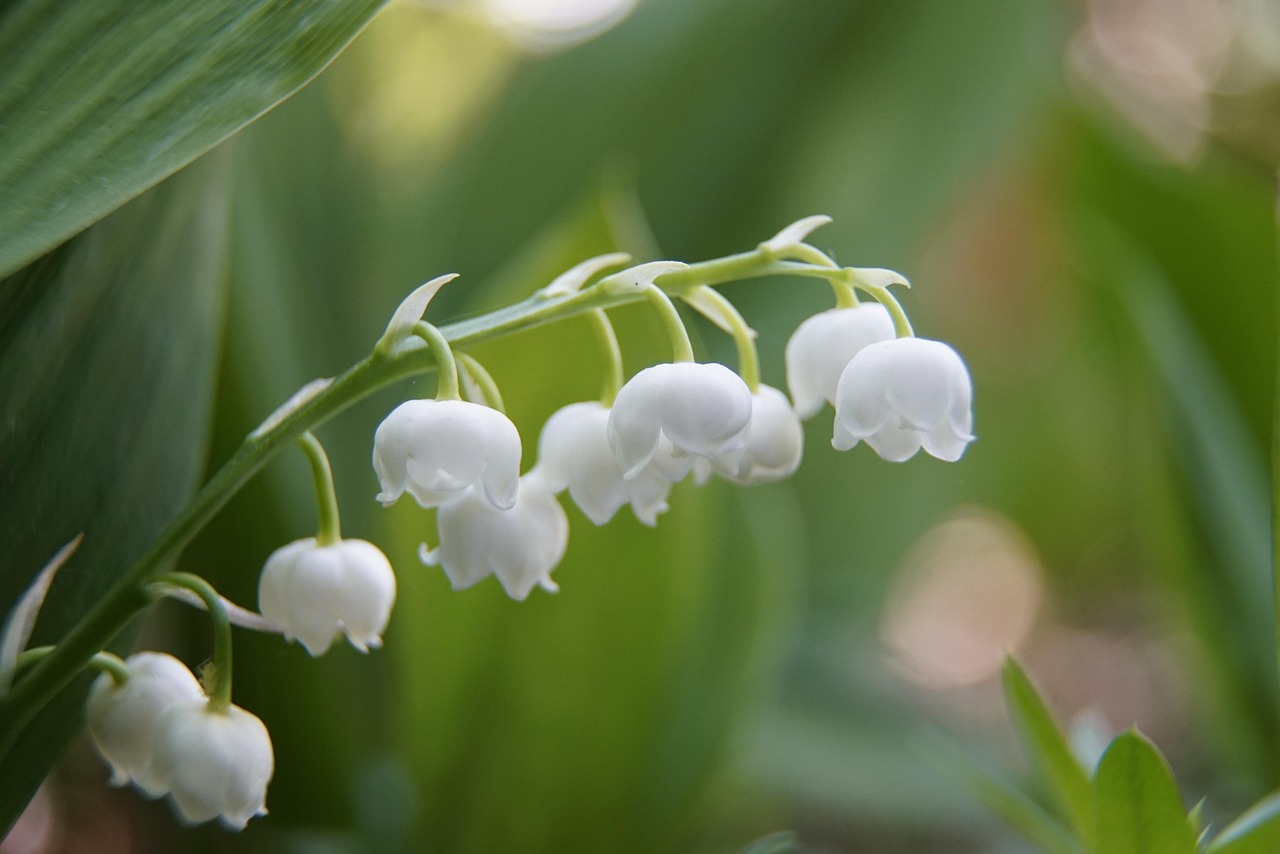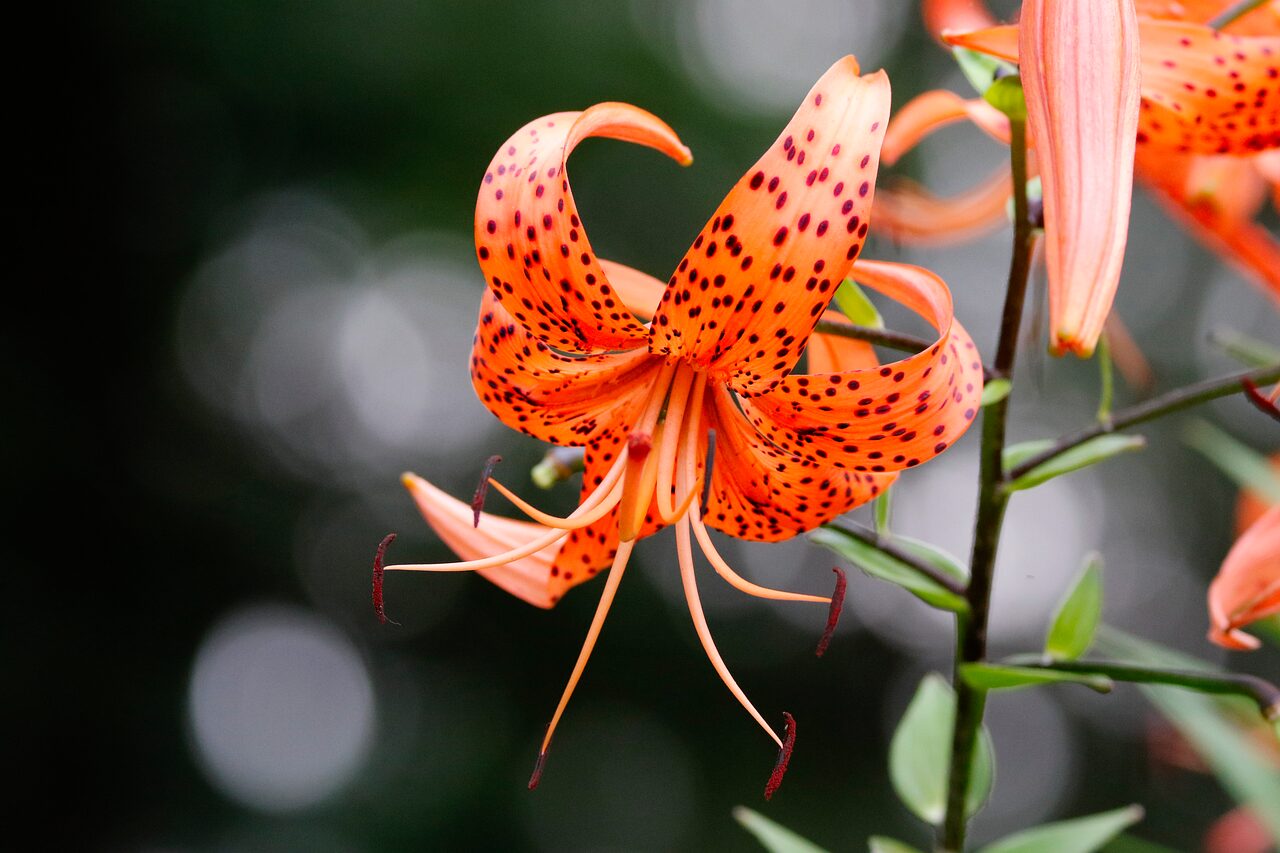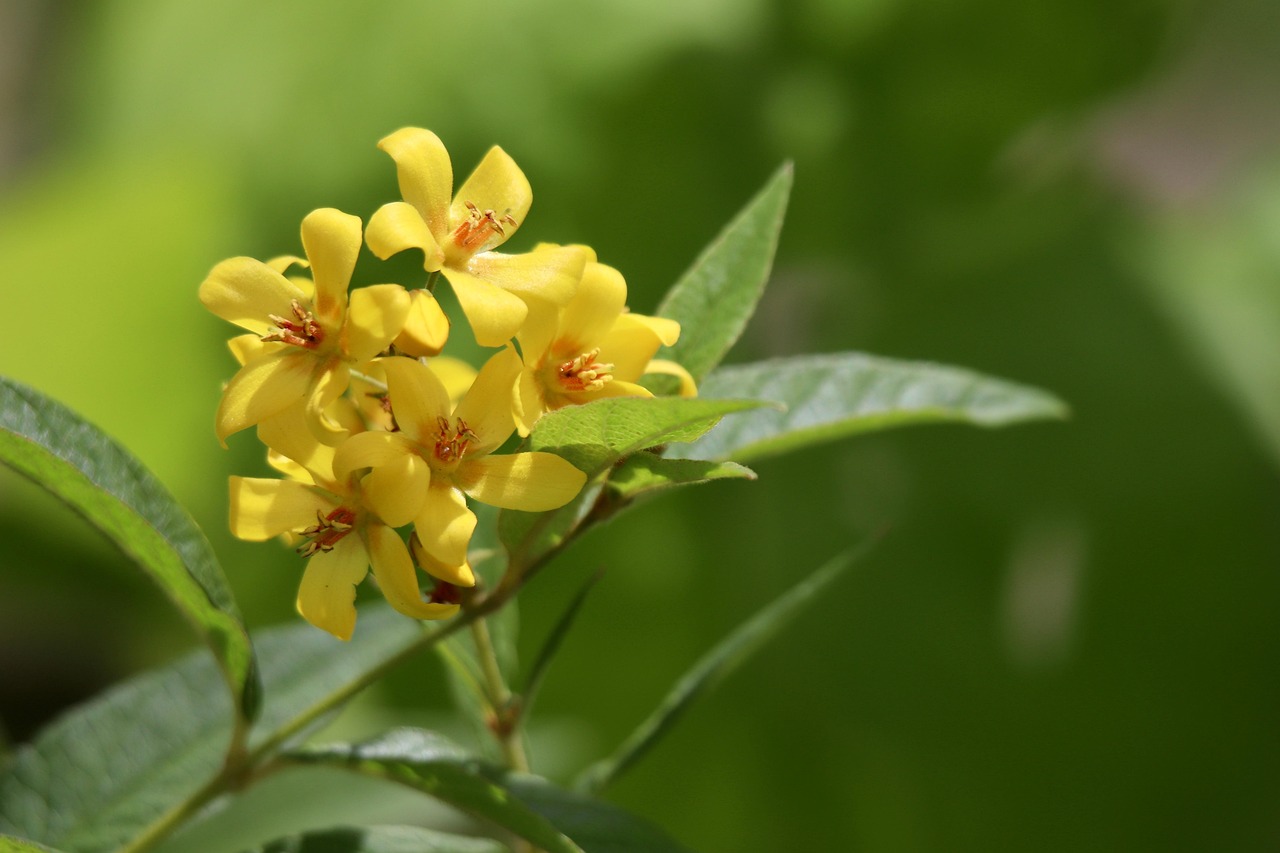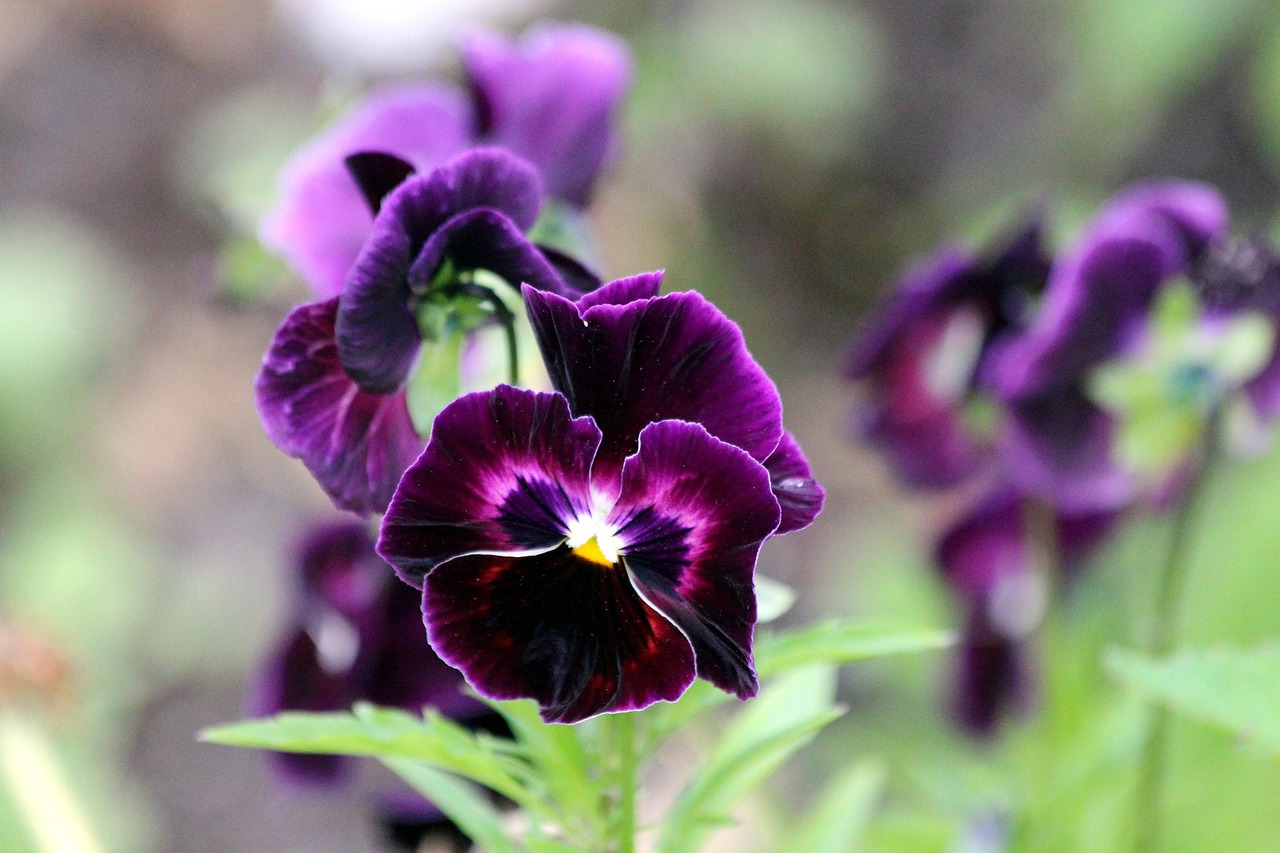Winter Aconite | A Flower of the European Forest that Heralds Early Spring
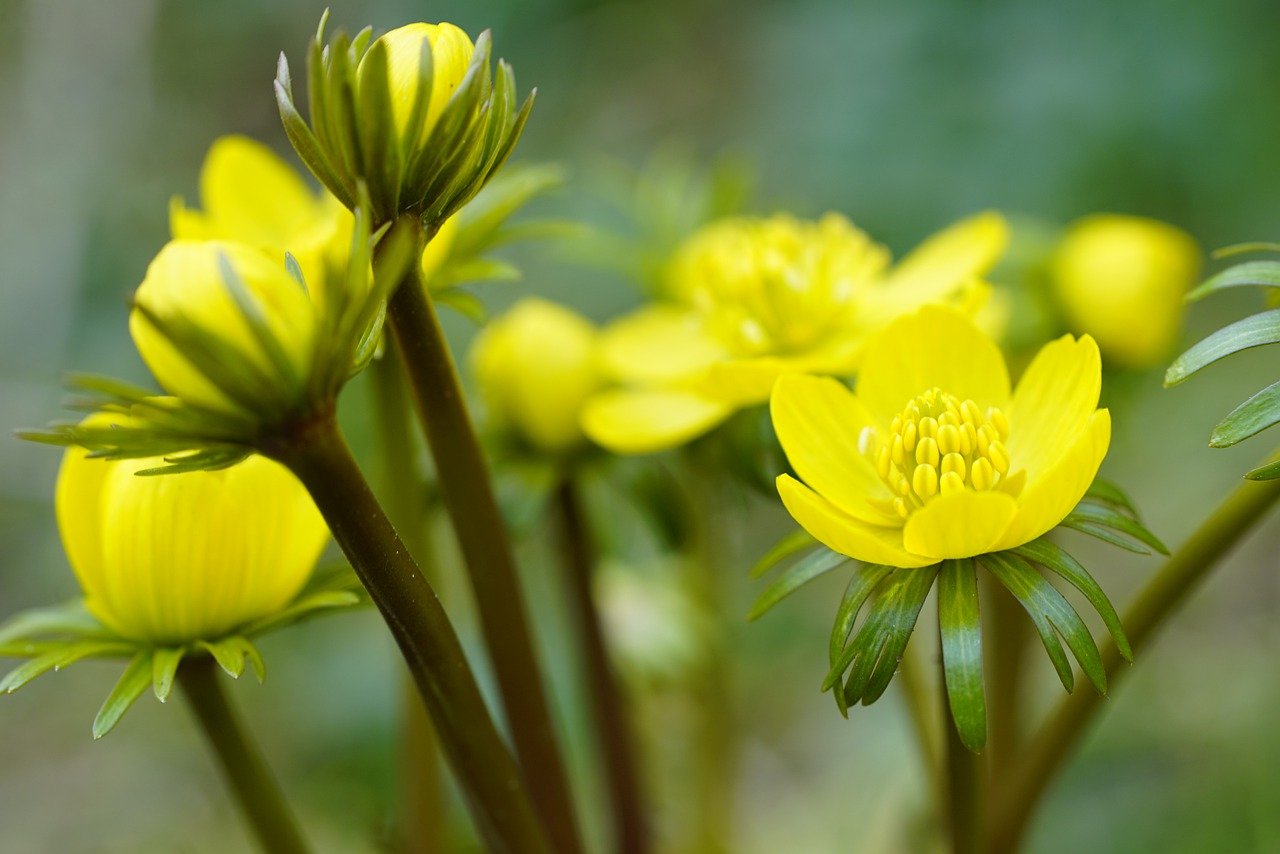
The winter aconite (Eranthis hyemalis) is a perennial plant that produces delicate yellow flowers in early spring.
After enduring the harsh winter, its bright blossoms emerging from the ground have long been cherished as a symbol of the arrival of spring.
In this article, I will provide detailed information about the winter aconite, including its basic features, cultural and historical background, and tips for cultivation.
Basic Information
- Scientific name: Eranthis hyemalis
- Family: Ranunculaceae
- Origin: Southern Europe, Balkan Peninsula
- Appearance: The plant bears bright yellow flowers with deeply divided leaves just beneath them. It grows to about 10 cm in height and creates a striking impression when planted in clusters.
- Blooming season: February to March, blooming as the snow begins to melt.
Cultural Significance Around the World
In Europe, the winter aconite is admired in gardens and parks as one of the earliest flowers to brighten spring flower beds.
In France and Germany, it is regarded as one of the very first flowers to bloom amid the cold of winter, announcing the arrival of spring. For this reason, it is often planted in gardens alongside crocuses and snowdrops as a classic harbinger of spring.
In the United Kingdom, large clusters of winter aconites are seen as symbols of “the end of winter and a new beginning.” They are frequently found in historic gardens and became popular in the 17th century, spreading alongside the development of English garden culture together with snowdrops.
Historical Background
Records indicate that the winter aconite was cultivated in European monastery gardens as early as the 16th century.
Monks cherished the flower as a symbol of spring, blooming just as the winter cold began to ease.
By the 18th century, it had gained popularity among the French and British aristocracy, adorning their gardens as a decorative plant from winter through early spring.
In Germany, the flower came to be known as Frühlingserwachen (“Spring Awakening”) and was celebrated in poetry and literature.
Gardening Advice
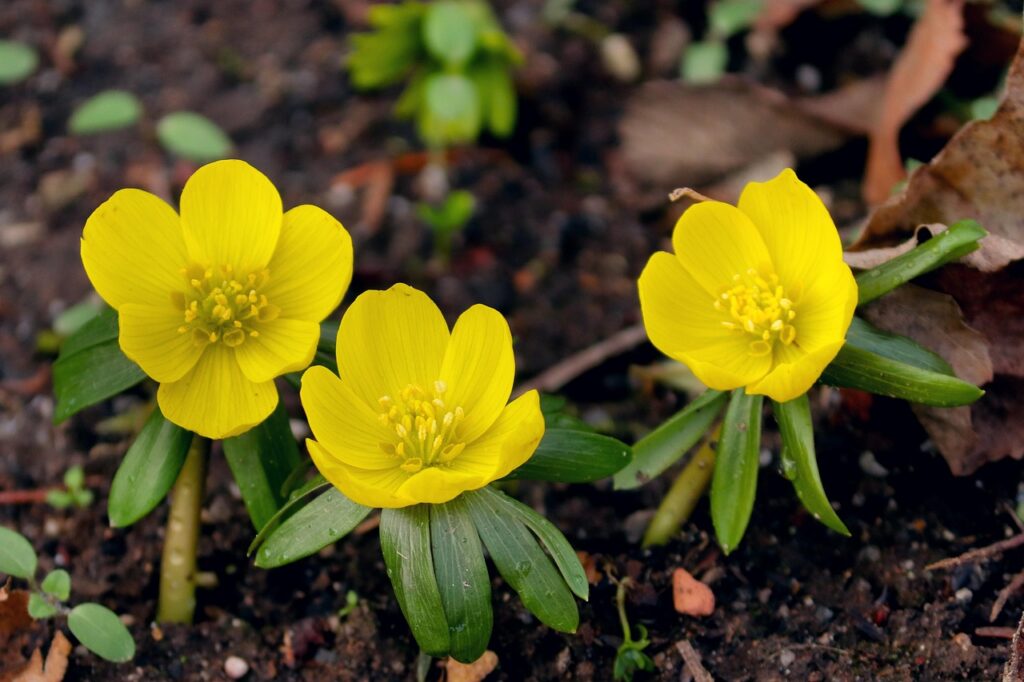
The winter aconite can be enjoyed every year if planted in a suitable environment.
Sunlight
Ideal locations are under deciduous trees, where it receives full sunlight in winter and spring, and partial shade in summer.
Watering
Keep the soil from drying out completely, maintaining moderate moisture during the growing season. However, avoid overwatering, as poorly drained soil can cause root rot.
Soil
Well-drained, fertile soil enriched with leaf mold is most suitable.
Fertilization
After blooming, apply a slow-release fertilizer in early spring so the tubers can store nutrients.
Cold resistance
The plant thrives in cool climates and is highly frost-resistant. However, it is vulnerable to hot, humid conditions, so avoid strong summer sunlight.
Conclusion
The winter aconite is cherished as a flower that heralds the coming of spring after the hardships of winter.
It has been cultivated in monastery gardens and aristocratic estates across Europe since ancient times, spreading as a symbol of renewal.
In the UK and Germany, it continues to be loved as a plant that announces the end of winter, playing an important role in garden culture.
If planted in a suitable location, it will return each year with its vivid yellow blooms, brightening the ground in early spring. I recommend growing it in your garden or in pots to enjoy the small yet delightful arrival of spring at winter’s end.


